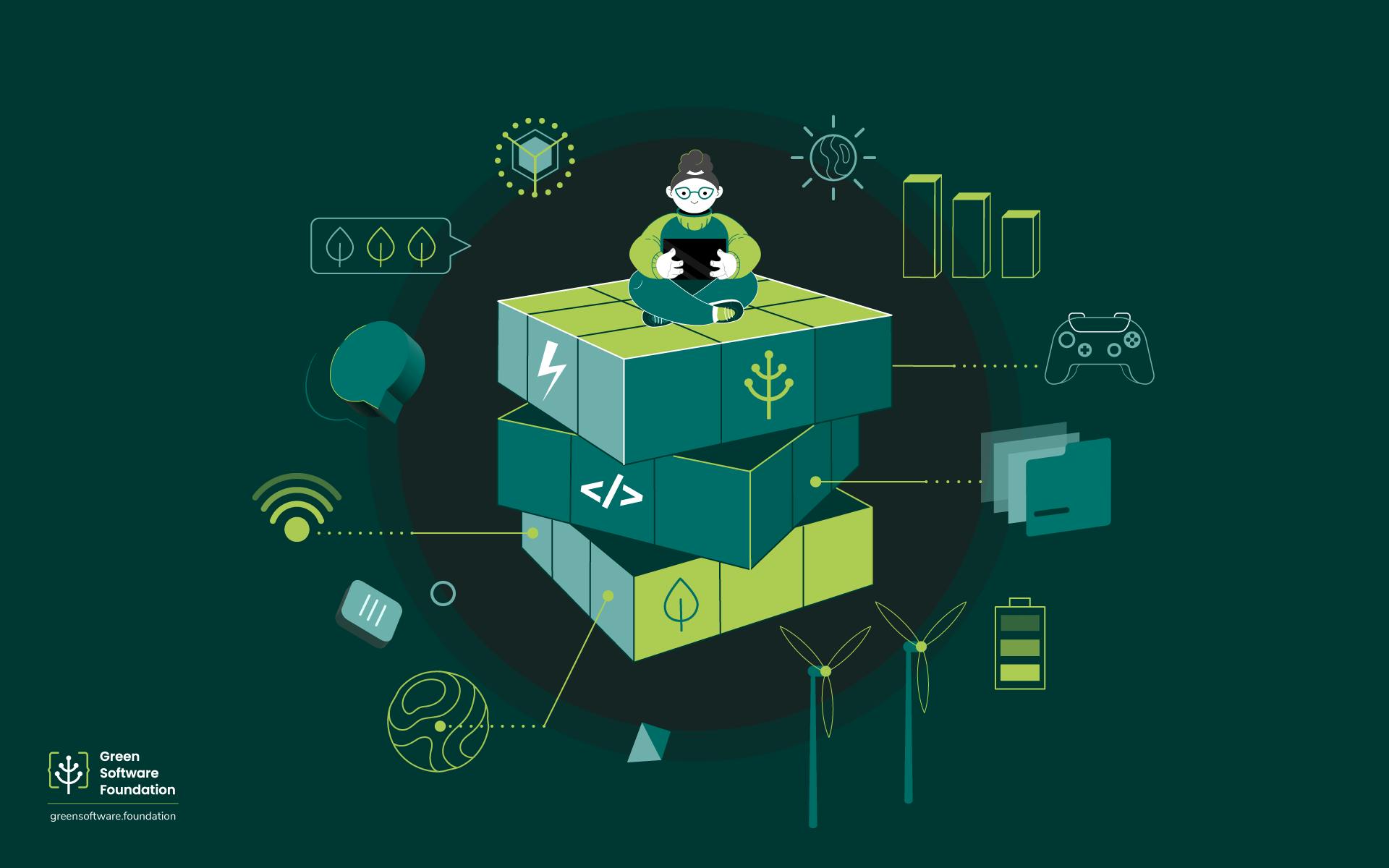How Green Software Can Transform the Software Industry
The benefits of integrating sustainability into business operations achieves a lot of good, like saving money, creating less waste, keeping employees happy longer, and generating brand affinity.
Drawing from insights from recent discussions on Environment Variables with Anne Currie, Sara Bergman (Microsoft), and Sarah Hsu (Goldman Sachs), we share how businesses can use green software to make strides in sustainability.
Digital Networking and Energy Consumption
Networking is energy-hungry, and it’s also one of the fastest-developing technologies. Propelled by the snowballing gaming industry and an ever-growing appetite for streaming services, network providers are exceeding themselves in offering faster, more efficient, and affordable services. In turn, as technology improves, people tend to use more of it, a phenomenon well-described by the Jevons Paradox.
The choice of networking method significantly impacts energy efficiency. Wireless networking requires much more energy than any other networking technology, and while 5G is more energy-efficient compared to previous cellular technology standards, the power consumption levels are still high.
According to Anne Currie, the “last mile” of data transmission—delivering the connection to the end users’ premises, is crucial in the overall footprint of networking. Fiber optics emerges as the most efficient technology due to its capacity for high-speed data transfer with minimal energy loss, leading the space before copper cables and wireless technologies respectively.
Organizations that want to improve their data transmission capabilities must make conscious decisions about the technology they want to invest in and adopt innovative practices in networking to minimize their emissions.
Key Role of Renewables
Over the last two years, we have seen a significant shift toward renewable energy, which has surfaced as a substantial opportunity for the tech industry to decrease its carbon emissions.
By matching energy consumption with the availability of renewable energy, we can reap both economic and environmental benefits. Take Spain and Portugal, as Anne highlights, where strategic investments in wind and solar technologies have led to the provision of free or low-cost energy during peak business hours for weeks at a time—resulting in a clear financial advantage.
How can we fully tap into the potential of green energy, reduce our reliance on fossil fuels, and drive economic advantages?
One solution that emerges is “demand response”; it involves balancing the demand on grids by incentivizing users to time the most energy-heavy operations to coincide with the availability of renewable energy.
Judging by the current trends, we can anticipate further developments in cloud computing, such as dynamic pricing models, which reflect the real-time cost of power. These innovations encourage companies to adjust their data usage accordingly and promote a shift towards a low-carbon energy use model.
New technologies can help us make a strategic and informed transition. However, this is not without challenges. Hyperscalers and smaller providers should integrate renewables into their strategy and development and adopt systems at scale to respond to variable energy sources.
Making Sustainability Everyone’s Responsibility
“Carbon is just another metric to monitor.”
The green software movement extends beyond coding and engineering; from those managing on-premise data centers to product to ops managers, each can play a role in building a more sustainable future.
Implementing green software practices isn’t exactly rocket science. Most of the skills necessary to transition to low-carbon software are already being applied in various capacities, such as monitoring, security, and resilience, and they are highly transferable.
As Sarah Hsu pointed out, green software isn’t about giving people who are already stretched thin additional work. Nor does it require forming entirely new teams. Through green software principles and patterns, people who are already skilled in security and reliability can help our software perform more sustainably.
Software professionals and organizations aspiring to move toward greener software need to look at their current protocols and best practices and identify the areas that can benefit from integrating sustainability measures; the ultimate aim is to align business objectives with environmental sustainability goals.
Learn more every week on Environment Variables. Subscribe to listen today!
This article is licenced under Creative Commons (CC BY 4.0)
